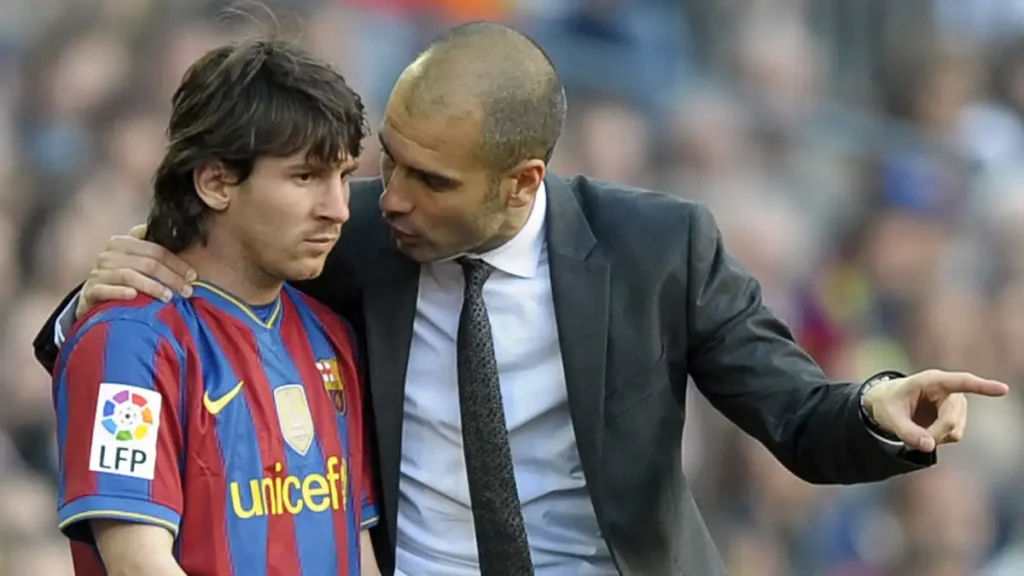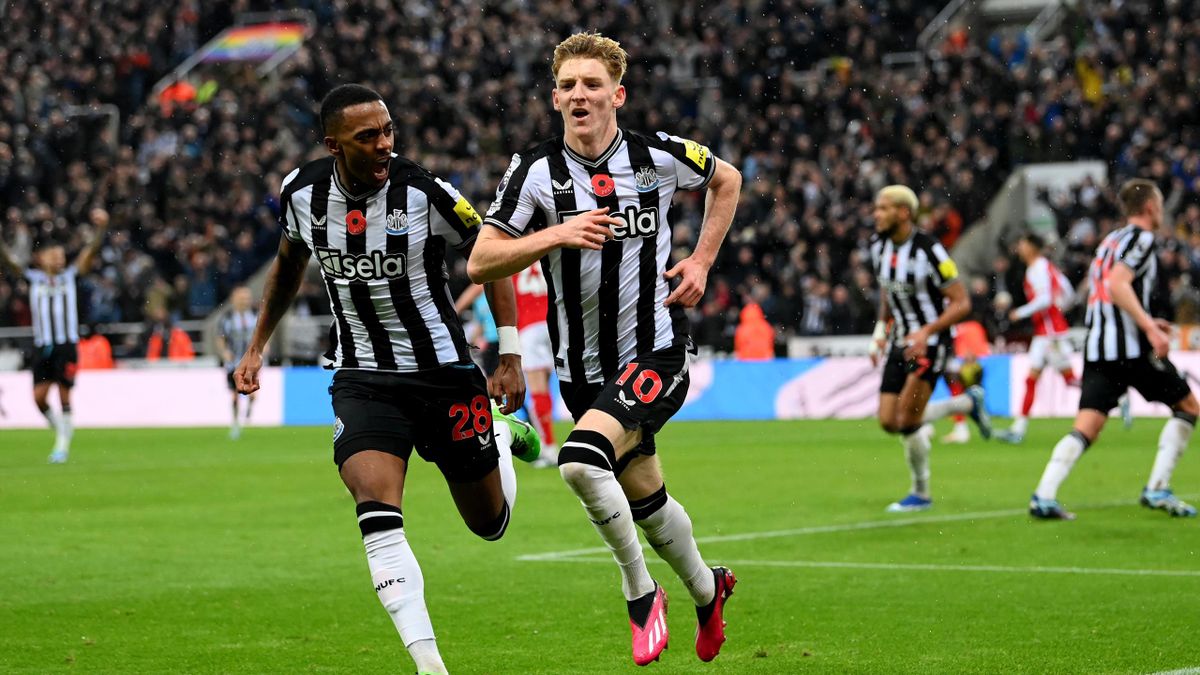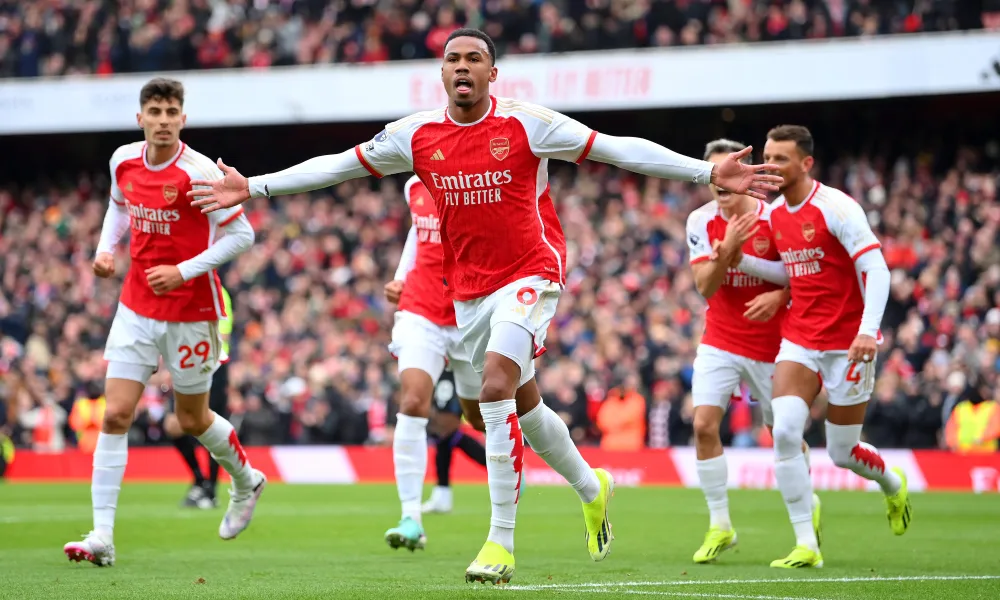Football formations can vary substantially depending on players, opponents, and preferred style of play. We at the Football Yeller are here to provide you with What Is The 4-3-3 Formation in Football? In the world’s top leagues, managers typically stick to a few basic reliable formations.

What Is The 4-3-3 Formation in Football?
Both Manchester City and Liverpool have lately had great success with the 4-3-3 formation. It is a well-liked alternative because it creates a balance between defence and offence, allowing teams to dominate possession and put pressure on opponents high up the pitch.
We go into much more information about this geometry in our essay on the benefits, drawbacks, and applications of the 4-3-3 arrangement.
Following their home loss to Uruguay in the 1950 World Cup final, Brazil adopted a 4-2-4 configuration with a backline of four players. They later used this formation in their successful 1958 World Cup campaign. By 1962, Mário Zagallo had moved from the front line into midfield as Brazil had once again adjusted to a 4-3-3 formation.
Nobby Stiles, a more reliable defensive midfielder, was utilised by the hosts and eventual victors of the 1966 World Cup in England in a 4-1-2-3 system. Rinus Michels’ Ajax and Netherlands teams from the 1970s are recognised as being two of the most notable for having served as models for the 4-3-3 shape, even if the formation was later adopted across Uruguay, Argentina, and Italy for many years.
These teams’ strategies inspired players like Johan Cruyff to adopt a 4-3-3 formation when he became a coach and gave rise to the idea of Total Football.
The advantages of this configuration include the front three’s ability to press the opposition’s defence higher up the pitch, winning possession in advanced areas; the midfield trio’s defensive solidity and possession play opportunities; and the full-backs’ range of the field.
Every formidable structure has its boundaries. The shortcomings of the 4-4-3 configuration are Defence gaps may expand as full-backs push up high. A team that maintains a strong defensive line may be more vulnerable to counterattacks from the opposition. Everywhere on the pitch, there is a requirement for extreme stamina and vitality.
Pep Guardiola’s Manchester City has had remarkable success with the 4-3-3 configuration; in the late aughts, Guardiola’s Barcelona team dominated European football with a similar shape known as “tiki-taka.” Liverpool under Jurgen Klopp has employed the 4-3-3 formation recently. They are well-known for linking attack and midfield with a “false nine” in this formation.

For More stories, like, What Is The 4-3-3 Formation in Football? Click Here
Follow us on Instagram to stay in touch with the latest happenings in football.
According to you, What Is The 4-3-3 Formation in Football?








